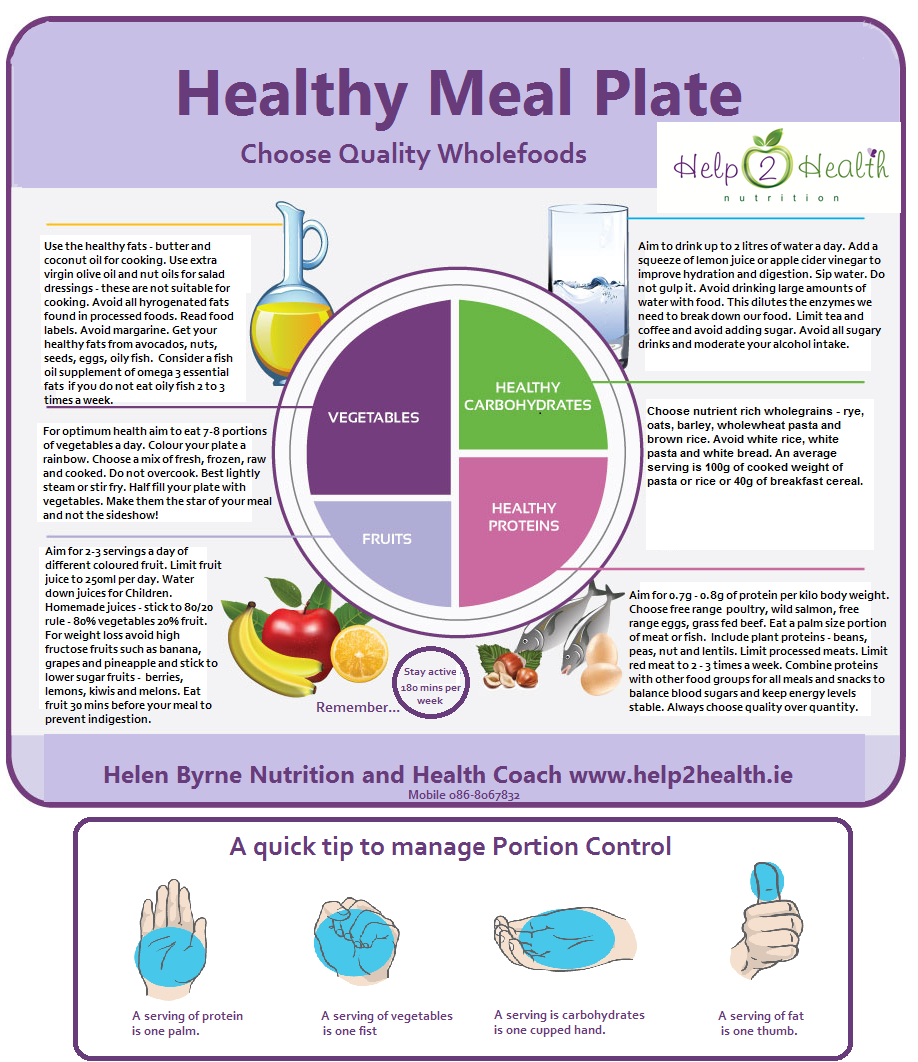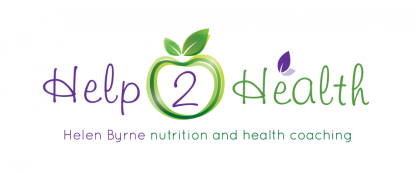Welcome to the 5 Day
Ditchthejunk Challenge
#ditchthejunk Guidelines
Most of us feel it when we over eat and drink. We get tired, cranky and a little wired. Does that ring a bell? Are you relying on coffee or sugar for a pick me up? Are you waking up the morning feeling you could do with a couple more hours sleep? Do you keep going back for one more biscuit or sweet and promise yourself this is the last? Would you love to be able to get back eating healthier again but feel you don’t have the motivation or the will power to do it on your own? If you answered yes to any of these questions believe me you are in the right place!
The aim of this challenge is to help you break the sugar cycle, quit the processed, high refined foods that are literally robbing your energy, your mood, your concentration and well-being. This challenge will give your body back all the nutrients it is presently craving by introducing whole unadulterated foods back into your diet. So it’s about getting back to the basics again, giving your body the opportunity to recover from the Christmas excess. In nutritionist terms I am giving you the tools to help you balance your blood sugars for a sustained energy release throughout the day – the foundation for any healthy eating/weight loss/food and mood/energy and vitality programme going forward.
By the end of the 5 days you will have more energy, your sugar cravings will be gone, you will be eating healthy nutritious foods and you will not feel you hungry. You will feel more in control of your appetite and food choices again.
So what do you need to do to take part in the challenge?
Do your best to cut out the following from your diet for the duration of the challenge:
- ALL REFINED SUGARS, SWEETENERS AND ADDED SUGARS.
These are quick releasing carbohydrates which trigger instant spikes on our blood sugars and set us off on what we call the blood sugar roller coaster which you want to avoid.
Added sugars are the sugars that you find in processed foods, the sugars that you add to home baking or the sugars you add to for example your tea or your cereals. Sugar comes in many disguises. Sugar includes honey, maple syrup, brown sugar, agave syrup. Check my blog https://help2healthnutrition.ie/56-names-sugar/ for the different names for sugar. So cakes, biscuits, sweets, bars, chocolate, cereal bars, breakfast cereals, sweetened yoghurts, jars of sauces are banned!!
Low calorie ‘natural’ sweeteners (such as stevia and xylitol) are a bit of a wolf in sheep’s clothing – they aren’t quite as harmless as you might think. To beat sugar cravings and take control of your blood sugars, you really want to take a total break from all sweeteners, to allow your taste buds, and brain, to adjust. Recent research has demonstrated if the taste buds and mind are receiving signals to suggest sweet food is being eaten, the body prepares itself for an uptake of glucose. So natural and artificial sweeteners trigger a range of hormonal and metabolic responses in our bodies to manage a blood sugar increase, even though with low calorie sweeteners, the sugar never comes. So you still end up with some of the metabolic consequences of eating sugar anyhow. This may go some way to explain why low calorie drinks and products don’t seem to have the positive impact on obesity that people had expected.
Cut out all fruit juices for the duration of the challenge.
- ANYTHING MADE WITH WHITE FLOUR
Bread, Scones, Wraps, Bagels, cakes
Why?
Flour, though it looks and tastes different to sugar, it has a similar effect on our blood sugars. It spikes our blood sugars very quickly similar to sugar and then the preceding sharp drop in blood sugar is a huge stressor for our bodies, resulting in fatigue, brain fog and cravings.
- ANY FOOD THAT IS OVER PROCESSED
Use your common sense here. If it comes packed with a long ingredient list that includes ingredients you don’t understand or cannot pronounce, avoid it. If the ingredients are all actual foods – fruits, vegetables, proteins, fats and carbs that you recognise as food that is ok. Our livers have to work extra hard to break down the artificial ingredients in processed foods which drain our energy levels. As over 75% of processed foods actually contain sugar, so the rule of thumb is try to stick to only whole foods for this challenge
So what do you eat instead?
You can use the following as a guide for shopping:
PROTEINS
FOR SATIETY AND TO KEEP YOU FULLER FOR LONGER
- Meat and fish – cooked and fresh – red meats beef or lamb, white meats chicken and turkey, salmon, cod and tinned fish. Tins of mackerel, sardines, tuna and salmon
- Free range eggs
- Full fat natural or Greek yoghurts – avoid all sugar sweetened yoghurts, diet yoghurts and 0% fat yoghurts.
- Full fat milk
- Good quality cheese – edam, cheddar, mozzarella – avoid processed cheeses.
- Chick peas, Kidney beans, lentils, butter beans
FRUIT AND VEBETABLES use freshh or frozen
FOR THEIR VITAMINS, MINERALS, FIBRE AND POWERFUL ANTI-OXIDANTS
(To fight the bad guys)
- All fruit and vegetables with the exception of bananas, pineapples and grapes for the duration of the challenge.
- Selection of dark green leafy greens and dark green vegetables – broccoli, peas, green beans, kale, spinach
- All the salad vegetables – cucumber, pepper, onions, radishes
- All the root vegetables ideal for roasting – carrots, parsnips, sweet potato, red onion
HEALTHY FATS
FOR SATIETY AND TO BOOST MOOD, CONCENTRATION AND ENERGY
- Selection of nuts and seeds – only buy what you will use and what you like – cashews, almonds, walnuts, brazil nuts, pistachios, pine nuts, sunflower seeds, linseeds, chia seeds – all unsalted and unroasted (where would be without Lidl). The milled seeds are great as well.
- Nut butters if you have them but don’t go any expense – offers on at the moment in health food stores
- Coconut oil for cooking and extra virgin oil or flaxseed oil for salads
- Real butter
- Avocados
SLOW RELEASING CARBS
FOR ALL DAY ENERGY AND TO BALANCE YOUR HORMONES AGAIN
(I often use the analogy of paper and coal when discussing how the body uses simple and complex carbohydrates for energy. We want the fuel for our bodies to be sustainable, long lasting and not burn too quickly. Simple sugars burn like paper – intense and quick. Complex carbs burn like coal, long and slow over a period of time. So for controlling blood sugars and preventing the sudden peaks and subsequent dips which cause cravings and hunger, foods high in fibre and wholegrains are the best choices.)
- Brown Rice
- Wholewheat brown bread, bagels and wraps. Look for ones made with 100% wholewheat flour. Check ingredients list – the first ingredient needs to be wholewheat flour. Look for a dense bread and the more visible grains, seeds and nuts in the bread the better.
- Baked Potato
- Quinoa
- Plain oats – with nothing added.
Top Tip: Include cold cooked potatoes and cold cooked rice with your meal. This is a very good source of what we call resistant starch. Resistant starch acts as both a fibre and a pre-biotic food supporting weight loss, increasing satiety and feeding the beneficial bacteria in our large intestine so boosting our immune system.
A snapshot of how to create a healthy meal.

How much food?
It is as simple as this. Fill half your dinner plate with a variety of coloured vegetables. Fill ¼ of your plate with the slow releasing carbs and the other ¼ with a palm of protein.
INCLUDE A PROTEIN food with every meal and snack. Protein helps to slow down the digestion of carbohydrates. Aim for at least a palm size of protein with each meal. For snacks stick to a small handful of nuts or a level tablespoon of nut butter.
Aim for up to a total of 8 portions of fruit and vegetables a day. Limit to 2 portions of fruit a day and minimum 6 portions of vegetables. A portion of fruit or vegetables equates to about a fistful.
Ideal portion sizes of slow releasing carbohydrates per day are:
40g of uncooked oats,
4 tablespoons of brown rice or quinoa
One large Baked or boiled potato with skin on
Limit all types of bread to either 2 slices per day or one wholemeal wrap or pitta
Include at least one healthy fat with every meal. Examples – A teaspoon of olive oil, a teaspoon of butter, half an avocado, 25g of nuts. Include 2 tablespoon of seeds a day. Salmon is a protein source and also a source of healthy fats so a great choice.
To get the most out of the challenge I strongly recommend that you try your best and do the following:
- Start your day of with a glass of warm water and lemon or warm water and up to 2 tablespoons of apple cider vinegar. This is gentle way to waken up your digestive system.
- Eat little and often – try to eat every 3-4 hours, avoid long gaps between meals.
- Have your breakfast within an hour of rising. This is important to balance blood sugars. We need to BREAK our FAST at breakfast time.
- Limit coffee and tea. Preferably cut them out altogether. However if that is too restricting for you aim for a maximum of 2 cups in total a day. No coffee after 12 noon.
- Cut out all alcohol for the duration of the challenge. Alcohol and caffeine contribute to a rise in blood sugar. Drink instead unlimited amounts of green tea and herbal teas.
- Drink between one to two litres of water a day
- Aim for 7 to 8 hours sleep per night
So eating healthy is as simple as that. No gimmicks or fads. No fancy or expensive foods. Just get back eating how your Grandmother (or perhaps your great grandmother!) ate. So give it a go. Give yourself the permission to stick to this for the next 5 days. All the better if you can rope in partners, husbands, mothers, sisters, friends for additional support. Keep an eye out on The Tribe for daily tips and support over the next 5 days staring from tomorrow the 8th of January
Best of luck – Helen

Leave a Reply